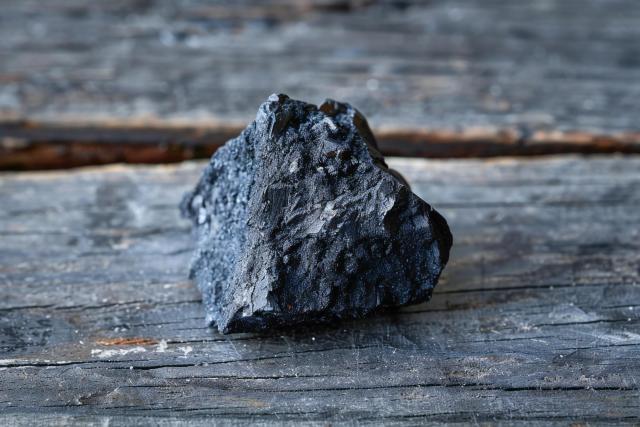
In September 2023, Tasnee announced that it will update its Ilmenite Smelter Project for high-grade titanium feedstock. It comprises Slagger construction at Jazan, which will have two furnaces under it. The facility will be the first large-capacity ilmenite smelting using Metso's Brush Arc AC technology. Furnace 1 was commissioned in December 2021, and it has successfully ramped up production to 44MW of load despite the design capacity at 64MW. It regularly produces high-quality chloride slag and pig iron that conforms to market standards.
Tasnee partnered with ASIC and Metso in a bid to optimize Furnace 1 and enhance its performance; they would split the cost of further augmentation and optimization. In addition, these parties will finance the redesign and repair of Furnace 2. The contributions towards the costs will be both from savings and bank loans. At this point, Tasnee's actual consolidated earnings impact from the venture remains unknown. As the project advances and critical goals are achieved, further information and updates will be shared.
As per the Coherent Market Insights report, global Ilmenite Industry is poised to expand at a CAGR of 4.2% from 2019 to 2027.
Asia Pacific dominated the global market for ilmenite and would continue to lead the market over the next several years. It is because there are some main sources of the mineral ilmenite located within the region. Ilmenite is available at the eastern and western coast of Australia and also in India. The market also happens to be the fastest growth area, resulting from a notable surge in countries such as India and China paints and coating.
The growing production of fabrics such as silk and nylon in countries such as India and China are adding to the demand for acid dyes in this region. Some of the manufacturers based in Europe and North America are shifting their manufacturing base to Asia Pacific.
However, the increasing concerns over adverse effects of mining activity is expected to retrain growth of the global ilmenite market. Furthermore, titanium dioxide is classified as a carcinogen by the International Agency for Research on Cancer (IARC). These factors are expected to restrain the market growth to some extent.







